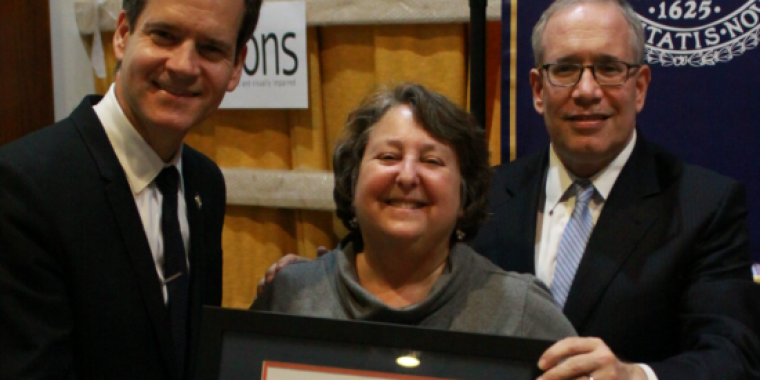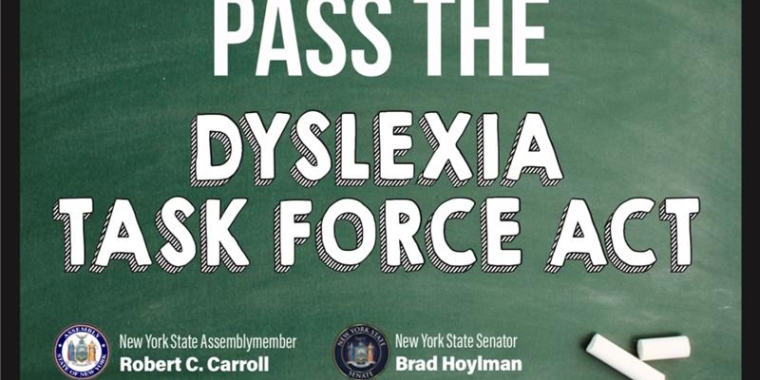
SENATOR HOYLMAN CALLS ON TIME WARNER CABLE TO IMPROVE ACCESSIBILITY FOR BLIND AND VISUALLY IMPAIRED CUSTOMERS
January 25, 2016

NEW YORK – Today, State Senator Brad Hoylman called on telecommunications giant Time Warner Cable to improve access for blind and visually impaired customers by voluntarily instituting basic product standards, including television guides and documents written in Braille, font size options for on-screen menus, as well as “talking menus” and “talking guides.”
In a letter to Chairman and CEO Robert Marcus, Senator Hoylman noted that while “Comcast has already set an example with its simple to use and accessible technology,” Time Warner has yet to implement similar programs for its share of New York’s 400,000 visually impaired residents. Senator Hoylman learned of the issue from a constituent while visiting VISIONS, a nonprofit that offers rehabilitation and social services to the visually impaired, in his senate district with NYC Comptroller Scott Stringer.
“While many of us take for granted the ease with which we enjoy television and movies, there are still frustrating and unnecessary barriers to access to the full breadth of programming for New York’s 400,000 visually impaired residents,” said State Senator Brad Hoylman (D-Manhattan). “Time Warner Cable has a corporate responsibility to implement basic standards to ensure all customers, regardless of circumstance, have equal access to their services.
The full letter is below and attached:
January 6, 2016
Robert D. Marcus
Chairman & Chief Executive Officer
Time Warner Cable
60 Columbus Circle
New York, NY 10023
Dear Mr. Marcus:
I am writing to state my concerns regarding the lack of accessibility features offered to Time Warner Cable customers who are blind or visually impaired.
Federal Communications Commission Chair Tom Wheeler has recognized the necessity to “dramatically simplify the ability of individuals who are blind and visually impaired to view television programming” by making video devices with “talking menus” and “talking guides” available to all consumers by December of this year. While I am pleased that the FCC has committed to ensuring that all cable providers adhere to high standards of accessibility, I am disappointed that enforcement will not go into effect until the end of 2016. Until that time, Time Warner Cable’s inaccessible interface and programs leave many blind or visually impaired consumers without the ability to take advantage of an activity that so many of us take for granted.
I implore you to take action as a responsible corporate citizen to improve the standard of living for your blind and visually impaired customers. Comcast has already set an example with its simple to use and accessible technology, making it possible for its blind and visually impaired customers to enjoy quality television programming with ease and independence. Time Warner Cable must step up as a leader in cable television technology and provide its customers with the accessibility features they need. Moreover, Time Warner Cable must implement basic accessibility standards, including the availability of television guides and documents written in Braille and the option to increase font sizes of on-screen menus for those with limited visibility.
Over 8 million Americans have a visual impairment, including nearly 400,000 New Yorkers. I recently had a conversation with a constituent of mine who is legally blind. He describes himself as a “movie buff” and recounts childhood memories of bonding with his father over favorite television shows. Despite his love for film, he is unable to fully access Time Warner Cable’s expansive movie and television options without great difficulty or assistance.
I urge you to take responsibility for giving consumers with visual impairments access to the same compelling and exciting television programming available to anyone else. Thank you for your attention to this matter. If you have any questions, please call Rebecca Kriegman in my office at (212) 633-8052.
Sincerely,
Brad Hoylman
New York State Senate
27th District
Share this Article or Press Release
Newsroom
Go to NewsroomEviction Prevention 101
March 3, 2023

